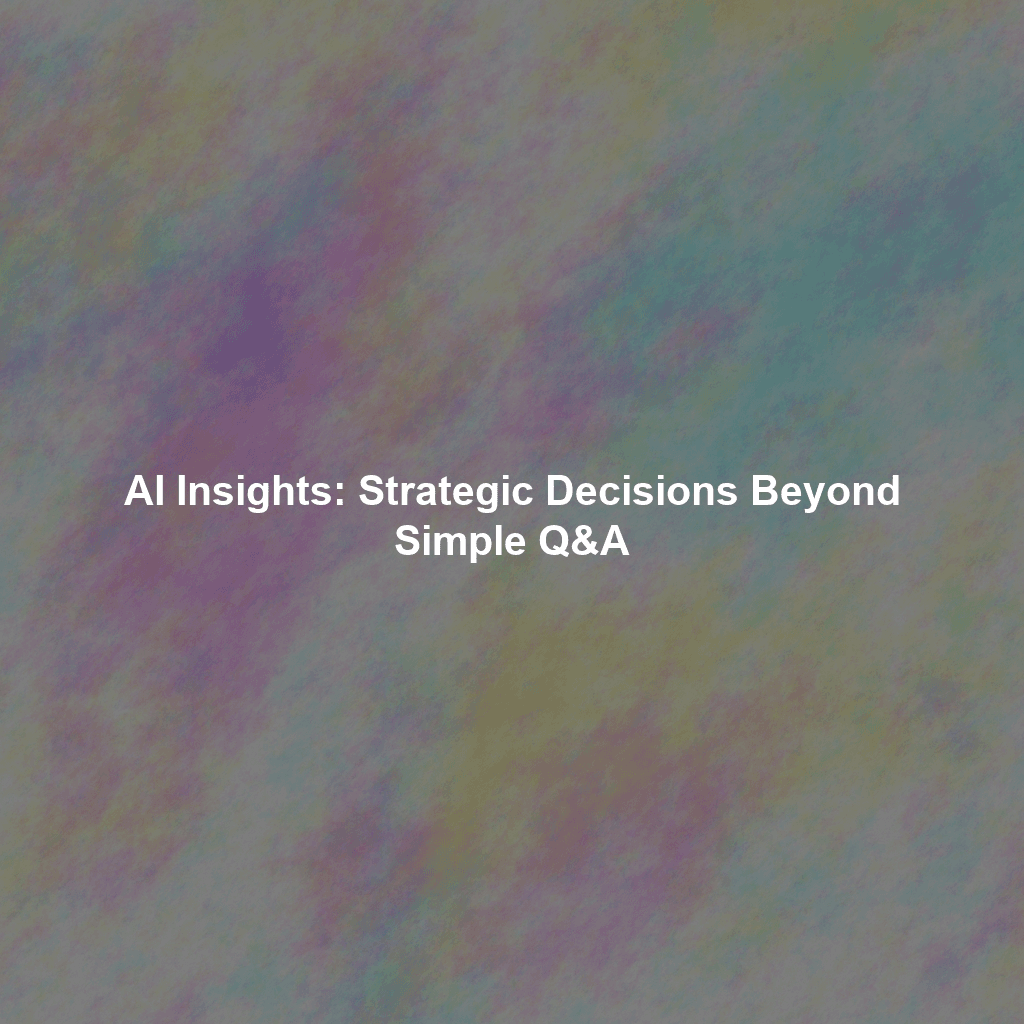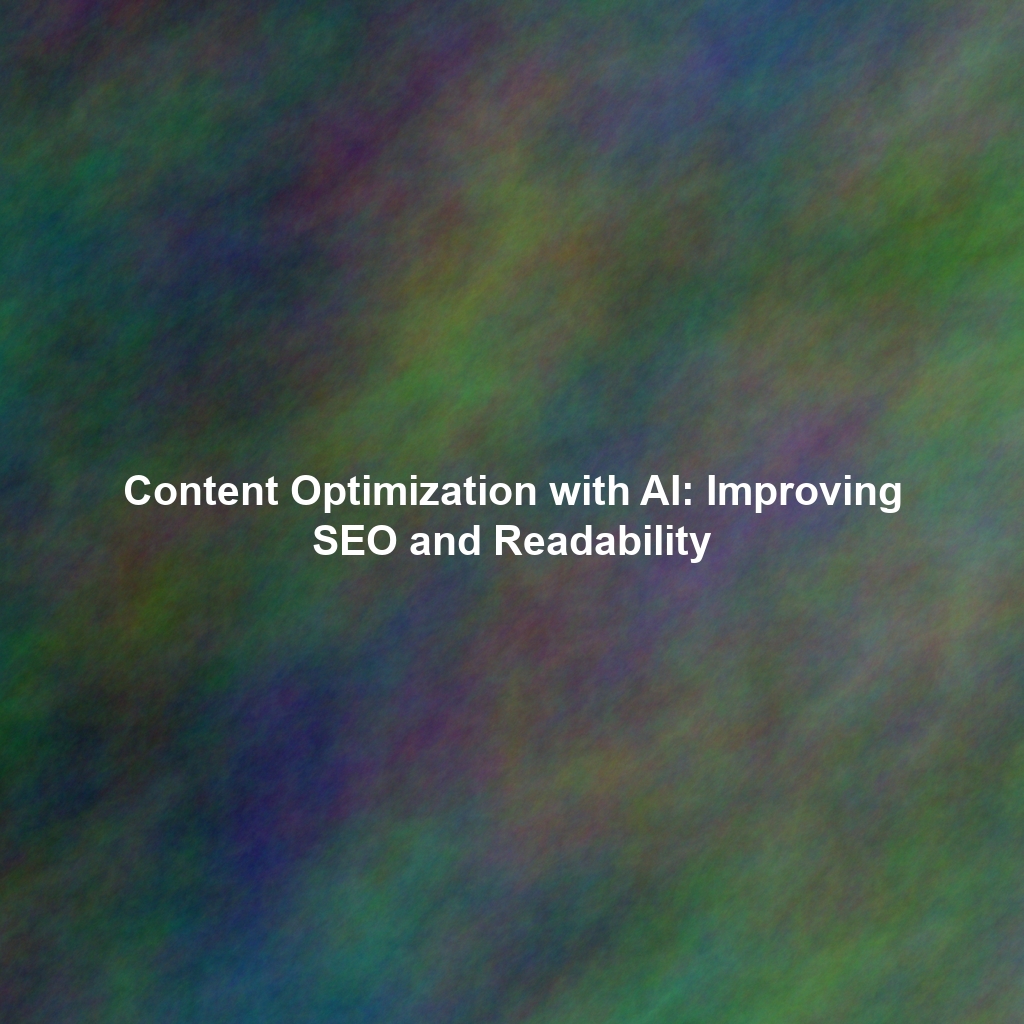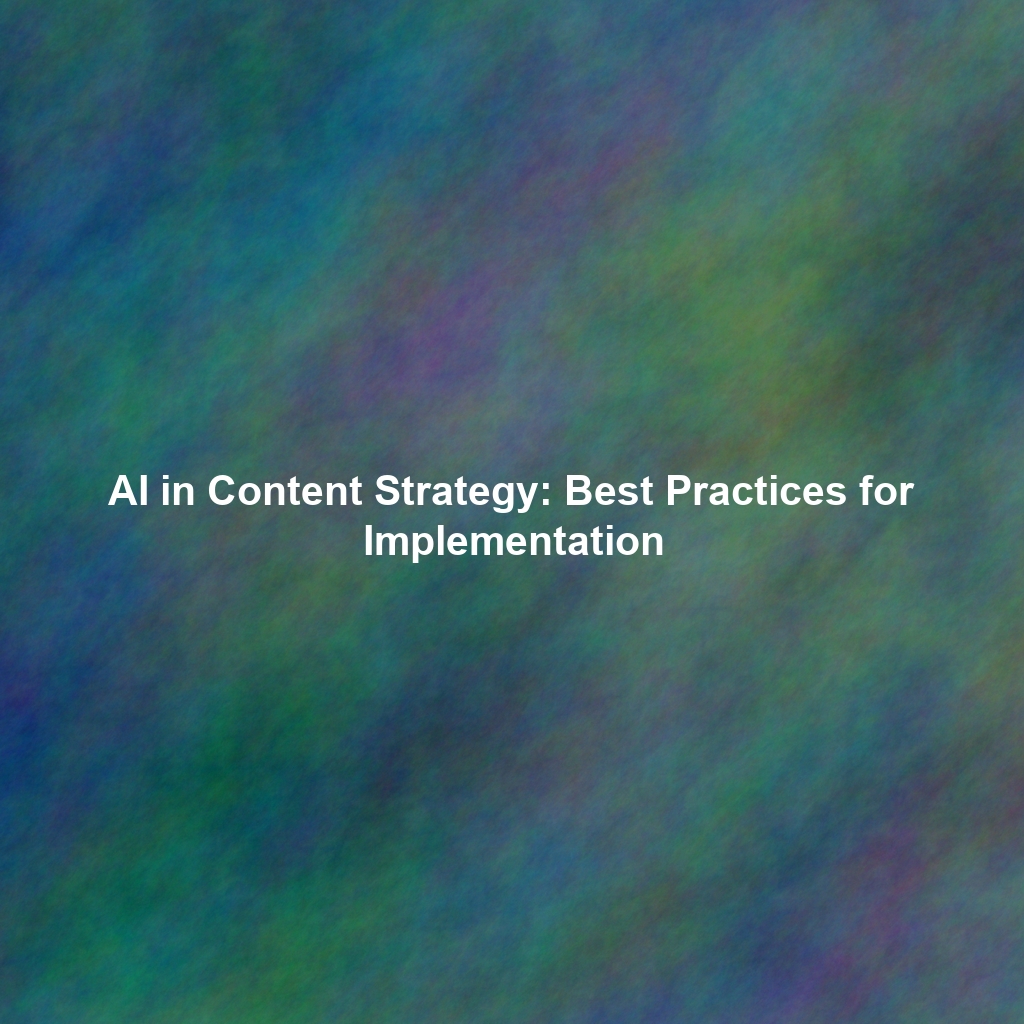The Dawn of the AI-Powered Intelligence Era
The advent of generative AI marks a paradigm shift in how we gather and process information. For years, businesses relied on traditional methods like market research firms, lengthy reports, and crowdsourced Q&A platforms to understand their environment. However, these approaches often suffer from limitations: they can be slow, expensive, biased, and difficult to scale. Generative AI offers a faster, more comprehensive, and objective alternative.
Imagine having a virtual analyst available 24/7, capable of sifting through massive datasets, identifying hidden patterns, and synthesizing complex information into actionable insights. That’s the power of generative AI. Unlike static reports or opinion-based answers, AI can dynamically analyze data, adapt to new information, and provide nuanced perspectives tailored to your specific needs. This capability is crucial for navigating today’s complex business landscape, where agility and informed decision-making are paramount.
Consider the impact on research and development. Previously, identifying potential areas for innovation required extensive literature reviews and expert consultations. Now, AI can analyze scientific publications, patent filings, and market trends to pinpoint promising research directions and potential breakthroughs. This accelerated discovery process can give businesses a significant competitive edge.
Why Legacy Q&A Platforms Are Falling Behind
While platforms like Quora have their place, they are fundamentally limited in their ability to provide the type of actionable intelligence needed for strategic decision-making. Here’s why:
- Subjectivity and Bias: Answers on Q&A platforms are often based on personal opinions and experiences, which can be subjective and biased. Generative AI, on the other hand, can analyze data objectively and identify patterns that might be missed by human observers.
- Limited Scope: Q&A platforms rely on the knowledge and availability of individual users. Generative AI can access and process vast amounts of data from diverse sources, providing a more comprehensive and nuanced understanding of the topic at hand.
- Lack of Real-Time Updates: Information on Q&A platforms can quickly become outdated. Generative AI can continuously monitor new data and adapt its insights accordingly, ensuring that decision-makers have access to the most current information.
- Scalability Issues: Getting answers to complex questions on Q&A platforms can be slow and unreliable. Generative AI can process queries and generate insights in real-time, regardless of the complexity of the question or the volume of data involved.
- Difficult to Verify: Verifying the accuracy and reliability of information on Q&A platforms can be challenging. Generative AI can provide citations and references to support its claims, allowing users to verify the source and validity of the information.
In essence, Q&A platforms are designed for simple knowledge sharing, while generative AI is designed for complex problem-solving and strategic analysis. The difference is significant, particularly when the stakes are high.
Strategic Applications of AI Querying: Beyond Simple Answers
The true power of generative AI lies in its ability to go beyond simple question-and-answer formats. It can be used for a wide range of strategic applications, including:
Market Research: Unveiling Customer Needs and Market Dynamics
Traditional market research methods, such as surveys and focus groups, can be time-consuming and expensive. Generative AI can analyze social media data, online reviews, and customer feedback to identify unmet needs, emerging trends, and competitive threats. For example:
- Sentiment Analysis: AI can analyze customer reviews on platforms like Amazon and Yelp to identify recurring themes and gauge overall sentiment towards a product or service.
- Trend Identification: AI can track social media conversations and news articles to identify emerging trends in specific industries.
- Customer Segmentation: AI can analyze customer data to identify distinct segments with unique needs and preferences.
Case Study: A leading consumer packaged goods company used generative AI to analyze social media conversations about their products. They discovered a growing demand for plant-based alternatives and quickly launched a new line of vegan products, capturing a significant share of the market.
Competitive Analysis: Understanding Your Rivals’ Strategies
Staying ahead of the competition requires a deep understanding of their strategies, strengths, and weaknesses. Generative AI can analyze competitors’ websites, marketing materials, financial reports, and news articles to identify their key initiatives and potential vulnerabilities. For example:
- Strategy Mapping: AI can analyze competitors’ actions to identify their overall strategic direction and key priorities.
- SWOT Analysis: AI can automatically generate SWOT analyses for competitors based on publicly available information.
- Pricing Analysis: AI can track competitors’ pricing strategies and identify opportunities for competitive pricing.
Case Study: A major telecommunications company used generative AI to analyze its competitors’ network infrastructure and service offerings. They identified a gap in coverage in a key geographic area and quickly expanded their network to capitalize on the opportunity, gaining a significant competitive advantage. A great resource on competitive intelligence can be found at the Strategic and Competitive Intelligence Professionals (SCIP) website.
Identifying Emerging Trends: Predicting the Future of Your Industry
The ability to anticipate future trends is crucial for long-term success. Generative AI can analyze a wide range of data sources, including scientific publications, patent filings, and industry reports, to identify emerging trends and potential disruptions. For example:
- Technology Forecasting: AI can analyze scientific publications and patent filings to identify emerging technologies with the potential to disrupt existing industries.
- Market Forecasting: AI can analyze market data and economic indicators to predict future market trends and demand.
- Scenario Planning: AI can generate different scenarios based on various assumptions about the future, helping businesses prepare for a range of potential outcomes.
Case Study: A venture capital firm used generative AI to identify emerging trends in the healthcare industry. They invested in a startup developing a novel AI-powered diagnostic tool, which has since become a leading player in the market, generating significant returns for the firm.
Risk Management: Identifying and Mitigating Potential Threats
Generative AI can play a crucial role in identifying and mitigating potential risks by analyzing news articles, regulatory reports, and social media data to uncover potential threats to your organization’s reputation, operations, or financial stability. For example:
- Reputation Management: AI can monitor social media and news articles for negative mentions of your brand and identify potential reputational risks.
- Compliance Monitoring: AI can analyze regulatory reports and legal filings to ensure compliance with relevant laws and regulations.
- Supply Chain Risk Assessment: AI can analyze news articles and supply chain data to identify potential disruptions to your supply chain.
This proactive approach allows for timely intervention and mitigation strategies, protecting the organization from potential harm.
Implementing AI Querying: A Practical Guide
Implementing AI querying doesn’t require a complete overhaul of your existing infrastructure. Here’s a practical guide to getting started:
- Define Your Objectives: Start by clearly defining your strategic objectives and identifying the types of insights that would be most valuable.
- Choose the Right Tools: Select generative AI tools that are tailored to your specific needs and industry. Consider factors such as data sources, analytical capabilities, and user interface. Several platforms offer different strengths; research carefully.
- Train Your Team: Provide your team with the necessary training to effectively use the AI tools and interpret the results. Focus on critical thinking and data validation.
- Integrate with Existing Systems: Integrate AI querying into your existing workflows and decision-making processes. This will ensure that the insights are used effectively and that the investment generates a tangible return.
- Iterate and Improve: Continuously monitor the performance of the AI tools and make adjustments as needed. Experiment with different queries and data sources to optimize the results.
Actionable Tip: Start small with a pilot project to test the waters and demonstrate the value of AI querying. Choose a specific problem or opportunity and use AI to generate insights that can inform a strategic decision. For example, analyze customer reviews to identify unmet needs and prioritize product development efforts.
By taking a phased approach and focusing on clear objectives, you can successfully implement AI querying and unlock its full potential for strategic decision-making.
The Future of Strategic Decision-Making: Embracing the AI Revolution
The advent of generative AI has fundamentally changed the game for strategic decision-making. Businesses that embrace this technology will be better equipped to understand their environment, anticipate future trends, and make informed decisions that drive growth and innovation. Those that cling to outdated methods risk being left behind.
The future of strategic decision-making is one where humans and AI work together, leveraging the strengths of both to achieve superior outcomes. AI can handle the heavy lifting of data analysis and pattern recognition, while humans can provide the critical thinking, creativity, and ethical considerations needed to make sound judgments.
As AI technology continues to evolve, its potential for strategic decision-making will only grow. By investing in AI querying capabilities and fostering a culture of data-driven decision-making, businesses can position themselves for success in the AI-powered future.
 Skip to content
Skip to content

